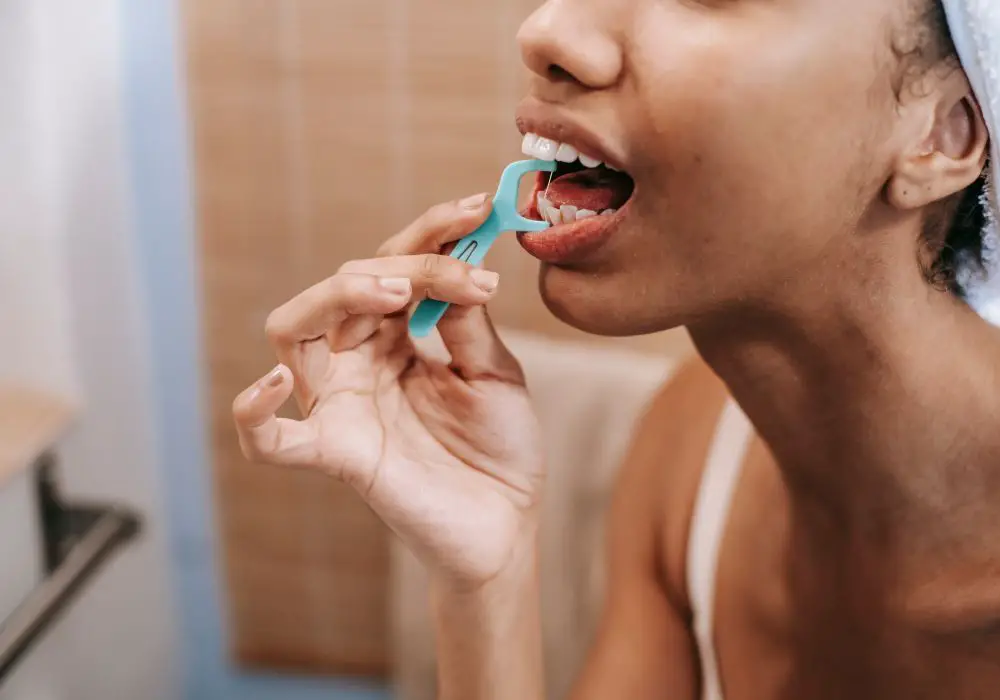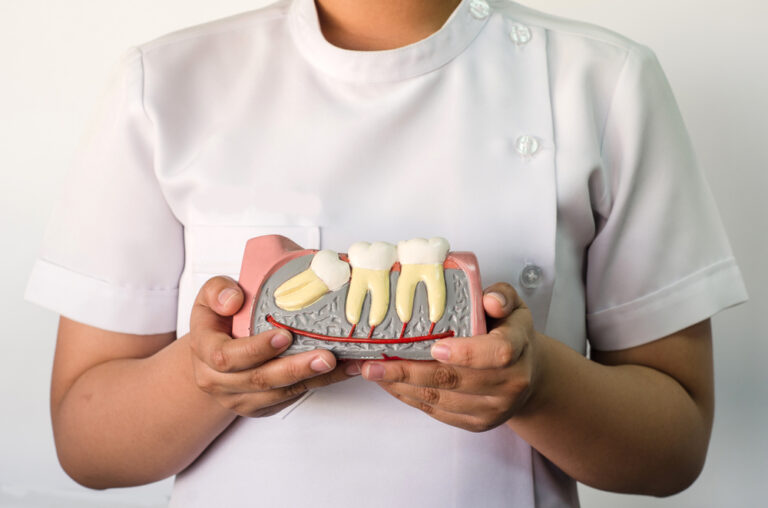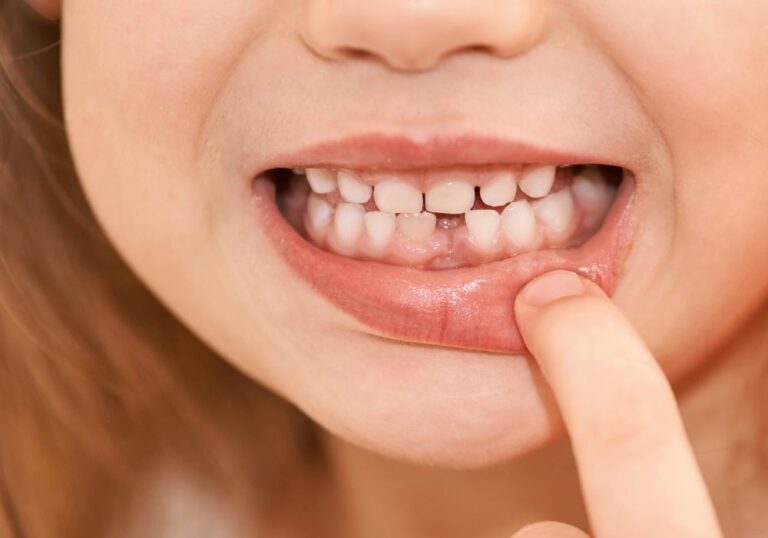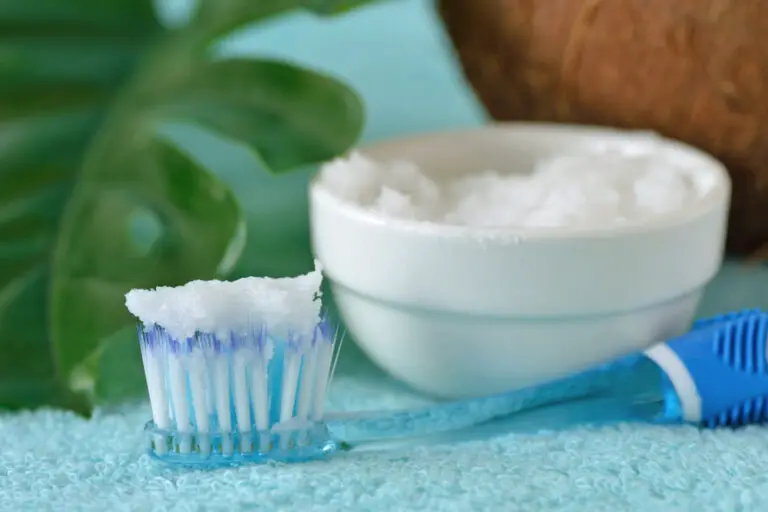Flossing is a critical part of dental hygiene and preventing tooth decay and gum disease. It removes plaque and food debris between teeth and below the gumline where brushing cannot reach. However, many people find flossing difficult and avoid doing it regularly. This can negatively impact long-term dental health. There are several key reasons flossing can be challenging.
Anatomy and Structure of Teeth

Components of a Tooth
Human teeth have a complex anatomical structure designed for the heavy loads of chewing and grinding food. Teeth consist of multiple layers, tissues, and substances (Table 1):
| Layer | Composition | Function |
|---|---|---|
| Enamel | Made of hydroxyapatite crystals | Hardest substance in body; outer protective layer |
| Dentin | Bony matrix reinforced with hydroxyapatite | Softer bone-like layer; makes up bulk of tooth |
| Pulp | Soft tissue containing blood vessels and nerves | Innermost section; provides tooth vitality |
| Cementum | Bonelike tissue covers root | Anchors periodontal fibers to root |
| Periodontal ligament | Connective tissue fibers | Attach tooth root to bone; allow slight movement |
Table 1: Layers and tissues of a tooth
The enamel is the visible white outer portion of the crown. Underneath lies softer dentin material that makes up the bulk of the tooth. The center pulp contains nerves and blood vessels that provide sensation and keep the tooth alive. Cementum covers the root surface and attaches periodontal fibers that embed the tooth in the jawbone.
Tooth Anatomy
Teeth have distinct anatomical parts (Figure 1). The crown is the visible section in the mouth covered with enamel. The narrower neck sits at the gumline. Below is the root that anchors the tooth in the jawbone via the periodontal ligament.
Figure 1: Tooth anatomy showing enamel, dentin, pulp, and root
The number and type of roots depend on the tooth. Incisors, canines, and premolars are single-rooted. Molars have multiple roots – up to three on lower molars. The roots branch off and vary in length and thickness.
Gum Health
Healthy gums snugly surround each tooth down to the roots. Gums consist of firm pink tissue made of dense connective fibers. A naturally occurring space known as the gingival sulcus sits between the tooth enamel and gumline (Figure 2). In health, the sulcus depth averages 1-3 millimeters around each tooth.
Figure 2: Cross-section of healthy gum pocket called gingival sulcus
The sulcus allows some movement of gums against the tooth surface during chewing and brushing. Deeper pockets can form during gum inflammation and signal periodontal disease.
Tooth Positioning
Teeth are situated in a gently curved horseshoe-shaped arch within the upper and lower jaws. Their position and angulation create a unique footprint in each person’s mouth. Certain teeth sit very close together, while gaps of various sizes called embrasures naturally occur between others (Figure 3).
Figure 3: Positioning of teeth within the upper and lower dental arches
For example, upper and lower incisor teeth often have tight contact points between their edges. The embrasures between premolars and some molars may be quite narrow. Back teeth like molars and premolars have intricate grooves, curves, and multi-rooted angles. These all interfere with accessibility during flossing.
Challenges of Flossing Between Teeth

Given the anatomy and structure of teeth and gums, flossing can be difficult for several reasons:
Tight Interdental Contacts
Adjacent teeth often have tight contact points where they touch with no space between. This occurs especially along the edges of upper and lower front teeth. The enamel is literally fused together, which prevents floss from smoothly gliding through. Trying to forcibly snap or jam floss just tears up gums.
Narrow Embrasures
Some of the natural spaces between back teeth known as embrasures are very narrow. First molars and second premolars frequently have tight embrasures barely wide enough for floss. Trying to maneuver even thin floss through these openings takes patience and dexterity.
Limited Accessibility of Back Teeth
Molars and premolars in the back of the mouth are the hardest to reach during flossing. Their rear location and angulation make them difficult to see. Bulky cheek tissue can also block fingers from reaching the back areas.
Some back teeth may be misaligned or exhibit crowding which further obscures them. Curved roots and multiple root branching on molars also prevent floss from penetrating down to the gumline.
Hand Dexterity Challenges
Properly flossing between all teeth requires intricate finger and hand dexterity. Many people naturally lack the fine motor skills in their hands to cleanly thread floss between tight contacts and through narrow gaps.
Medical conditions such as arthritis, nerve damage, injuries, and stroke can significantly reduce finger agility for those who once flossed well. Even perfectly healthy people can experience clumsy flossing attempts due to the delicate dexterity required.
Jaw and Mouth Structure
Physical attributes like jaw shape, degree of opening, and tongue size influence flossing ability. Those with a prominent upper jaw may have difficulty accessing lower back teeth. A narrow mouth opening restricts hand motion during flossing. An overly large tongue gets in the way.
Floss Issues
Certain flosses are prone to shredding, breaking, and fraying which makes them difficult to control during flossing. Waxed floss tends to more easily glide through wider spaces but can tear up at tight contacts. Unwaxed floss slides better between tight teeth but more readily shreds.
Cheaply made flosses often break while working through a space. Thicker specialty flosses can be too bulky for certain embrasures between teeth. The inefficient floss simply frustrates further flossing attempts.
Insufficient Flossing Skill
Successfully flossing between all teeth takes practice and skill. Those without proper flossing technique end up with poor plaque removal. Hurrying through flossing prevents adequate cleaning between teeth.
Common mistakes include using too little floss, improper finger placement, and sawing back-and-forth quickly rather than methodically working the floss down below the gumline. Insufficient skill prevents flossing tight areas.
Strategies for More Effective Flossing

Despite the difficulties, flossing can be made easier with certain helpful strategies:
Use Dental Instruments
Specialized tools allow better access to back teeth and other hard-to-reach spots (Figure 4). Options include floss threaders to thread floss through tight contacts, interdental brushes for wide embrasures, or tiny picks for cleaning between orthodontic braces. Dentists can recommend suitable tools based on a patient’s unique oral structure.
Figure 4: Dental instruments to make flossing easier
Select Proper Floss Type
Choosing the right floss is key for best results (Table 2). Silky, shred-resistant floss gently glides between tight teeth. Waxed floss holds up better in wider spaces prone to shredding. Expanded, flat flosses penetrate tight contacts. Floss threaders let floss slide through minimal space. Flossers provide an easy grip handle for dexterity issues.
| Floss Type | Features | Benefits |
|---|---|---|
| Unwaxed | Silky texture; slides smoothly | Easily passes through tight contacts |
| Waxed | Coated fibers resist shredding | Good for wide embrasures |
| Expanded | Flatter, thinner shape | Accesses tight contacts |
| Floss threaders | Stiff end threads through contacts | Allows flossing tightly spaced teeth |
| Flossers | Floss pre-loaded in plastic handle | Handy on-the-go; provides grip |
Table 2: Types of floss and their advantages
Use Proper Flossing Technique
Correct flossing technique takes practice but is essential for cleaning between teeth. Gently guide floss between contacts using a rub-like motion rather than forcing. Curve the floss around each tooth and under the gumline. Floss up-and-down several times before moving to the next space.
Avoid quick back-and-forth sawing motions which can damage gum tissue. Use clean sections of floss as you move between teeth. YouTube videos can demonstrate proper technique. Dentists can supervise flossing at cleanings.
Floss Before Brushing
It is more effective to floss between teeth first before brushing. Flossing loosens plaque so brushing can remove debris from tooth surfaces. If you brush first then floss, food particles get pushed into clean areas you just brushed.
Flossing first disrupts plaque so toothbrush bristles can penetrate crevices. It also allows fluoride toothpaste to better reach between teeth after flossing.
Focus on Difficult Areas First
When you floss, start with the hardest spots first where plaque buildup is likely greatest. Tackle the back molars and premolars first since they are most difficult yet tend to harbor the most plaque. Finish with easier front teeth. This prevents hurrying and missing the tough areas most in need.
Seek Professional Help
Ask your dentist to demonstrate proper flossing technique so you know you are doing it correctly. Some dental offices offer professional flossing as a stand-alone cleaning service that focuses solely on plaque removal between teeth down to the roots. Hygienists can expertly floss tight spots you may miss.
The Importance of Flossing for Oral Health

While a challenge at first, making the effort to floss thoroughly provides immense oral health benefits:
- Removes sticky plaque between teeth that brushing misses
- Greatly reduces cavities and tooth decay
- Helps prevent inflammation and gum disease
- Lessens tooth discoloration and bad breath
- May lower risk of heart disease and other systemic issues
Flossing takes dedication to master, but becomes quick and easy with practice. The rewards are well worth the initial frustrations. Be patient and try different floss types and tools to discover what works best for your mouth’s unique structure. Maintain regular flossing as part of your daily oral hygiene routine.
Frequently Asked Questions
Here are answers to common questions about the difficulties of flossing:
Q: Why can’t I floss between two teeth with tight contact points?
A: Teeth with tight contacts often have no space at all between them. Forcing floss through can injure gums. Try using floss threaders which are designed to gently glide through tight spaces. A dentist can also selectively shave contacts to create space for flossing.
Q: What floss works best for back teeth that are hard to reach?
A: Flossing picks allow better visibility and access to back teeth. Their pick-like design reaches far back to clean behind molars and around orthodontics. Interdental brushes also work well for wider back teeth embrasures prone to shredding floss.
Q: I have arthritis making it hard to grip floss. What can help?
A: Any flossing tool with a handle improves grip, including floss picks and interdental brushes. Floss threaders have a stiff end providing control. Electric flossers do the work for you with just a button push. Ask your dentist about options to suit your needs.
Q: Can flossing too hard cause problems?
A: Yes, flossing too forcefully can damage gums and even enamel. Use gentle vertical motions rather than snapping floss between teeth. Stop immediately if gums bleed and allow them to heal before flossing that area again. With practice, flossing becomes fast and easy without excessive pressure.
Q: If my gums bleed when I floss, should I stop?
A: Bleeding indicates irritated gums from plaque buildup between teeth. Don’t stop flossing! Gently floss daily to allow gums time to heal and strengthen. Bleeding should subside within a week. If it persists, see your dentist to treat inflamed gums before they worsen.







